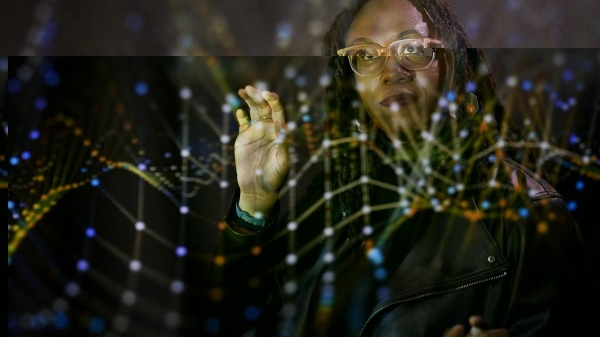Celebrated paleoanthropologist talks about “Lucy”
If you happen to make one of the definitive discoveries in human history, be prepared to spend the rest of your life in the limelight. Just ask Don Johanson, who went from promising young paleoanthropologist to celebrity overnight after unearthing “Lucy,” a 3.2 million-year-old fossilized skeleton that changed our perception of the human trajectory.
More than three decades after that astounding find, Johanson remains an in-demand speaker and interview subject. The founding director of Arizona State University’s Institute of Human Origins and a professor in the School of Human Evolution and Social Change, Johanson recently discussed the significance of Lucy, the field of evolutionary study and his latest book, “Lucy’s Legacy: The Quest for Human Origins,” with TIME’s Lauren E. Bohn.
Speaking of Lucy’s importance to the scientific community and the world at large, Johanson explains that the fossil is a bridge between modern humans and our ancient ancestors, one that illustrates that upright walking is a human trait predating all others typically held to be human, such as tool-making. And while Lucy is still being contextualized by newer findings like the Dikika baby and the Hobbits of Indonesia, she remains a touchstone in the study of human origins.
Aside from being an evolutionary icon, Lucy is also something of an ambassador for human unity in Johanson’s estimation. He says that her story translates into a message of global resonance: “You are all my descendants and regardless of who we are, we are all, in fact today, Africans.”
In the interview, he also produces a fresh take on the age-old question of what it means to be human. According to Johanson, “What makes us human depends on what place on our evolutionary path we're talking about. If you go back 6 million years ago, what makes us human is that we were walking upright…2.6 million years ago, it's the fact that we're designing and making stone tools. And at 2 million years ago what makes us human is our large brains that are at least 2 ½ times the size of a chimp's. At 20,000 years ago, what makes us human is the ability to make beautiful cave art. It's all relational. And if you look at us today, I wonder if we are human.”
The Johanson interview appears on the TIME Health & Science site.
Article source: TIMEMore ASU in the news

ASU celebrates new Tempe campus space for the Labriola National Data Center

Was Lucy the mother of us all? Fifty years after her discovery, the 3.2-million-year-old skeleton has rivals
